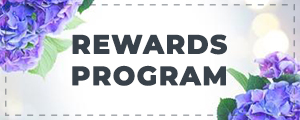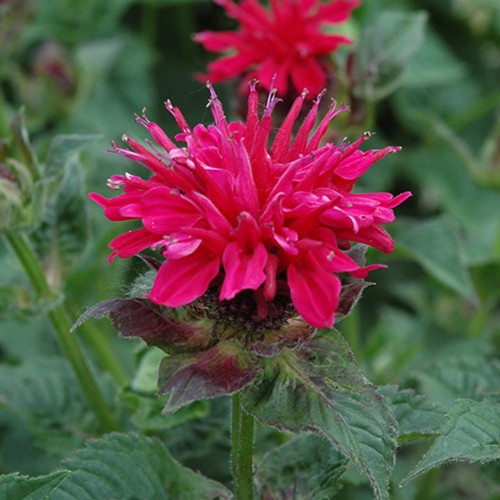| Monarda didyma 'Pardon My Lavender' | USDA Zone: 3-8 |
Pardon My Lavender Beebalm has masses of beautiful clusters of fragrant lavender flowers with pink overtones at the ends of the stems from mid summer to early fall, which are most effective when planted in groupings. The flowers are excellent for cutting. Its fragrant pointy leaves remain green in colour throughout the season.
A petite form of bee balm that produces multitudes of striking lavender pink flowers in mid summer; this very compact form is mildew resistant as well; great for massing in the front of borders.
Pardon My Lavender Beebalm is recommended for the following landscape applications;
- Mass Planting
- General Garden Use
- Naturalizing And Woodland Gardens
Pardon My Series
Bloom Time: Summer
Fragrant Flower
Fragrant Foliage
Attracts Butterflies, Hummingbirds, and Bee Friendly
Deer Resistant
Common Name: Bee Balm
|
Key Feature
|
Light Needs | Landscape Uses |
 |
 |
|
|
|
|
| More About Pardon My Lavender BeeBalm |
| Height: 14-18 inches |
Spread: 10-12 inches |
Flower Colour: Lavender / Pink Shades |
|
BeeBalm does best in full sun to partial shade. It prefers to grow in average to moist conditions, and shouldn't be allowed to dry out. It is not particular as to soil type or pH. It is highly tolerant of urban pollution and will even thrive in inner city environments. BeeBalm (Monarda) can be found naturally along riverbanks and enjoys this rich, organic, moist soil. However, it will grow in average soil as well. Full sun is best, but light shade is tolerated. Deadheading spent blooms will prolong the bloom time. Powdery mildew is a common fungal problem with monarda. Some varieties are more resistant to it than others. To prevent this fungus from appearing, large clumps should be thinned out so that the air circulates freely around them. The soil should also be kept consistantly moist; dry soil promotes powdery mildew. Note that when grown in a container, it may not perform exactly as indicated on the tag - this is to be expected. Also note that when growing plants in outdoor containers and baskets, they may require more frequent waterings than they would in the yard or garden. Be aware that in our climate, most plants cannot be expected to survive the winter if left in containers outdoors, and this plant is no exception. NOTE: Some flowers and plants may be harmful or poisonous to people or pets if touched or ingested. If you require more information before placing an order, please let us know in advance. |










